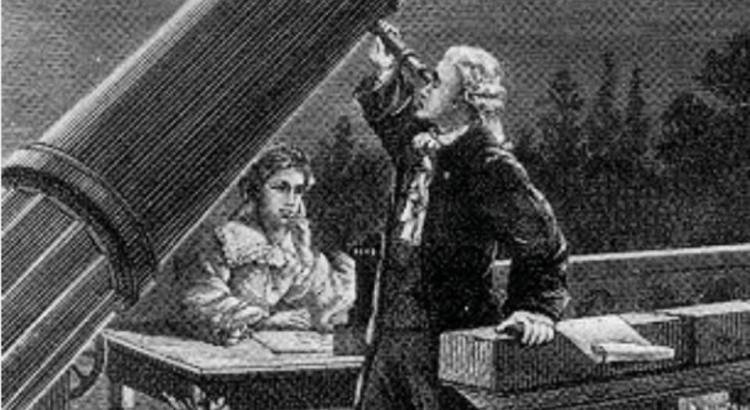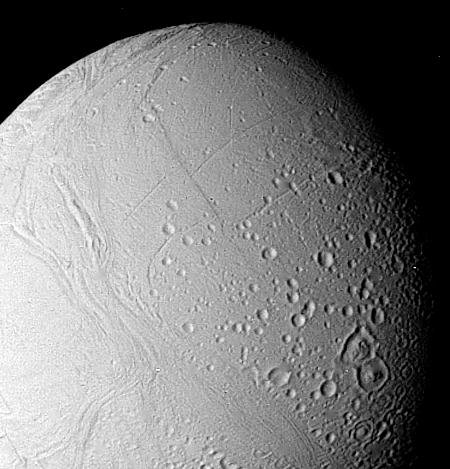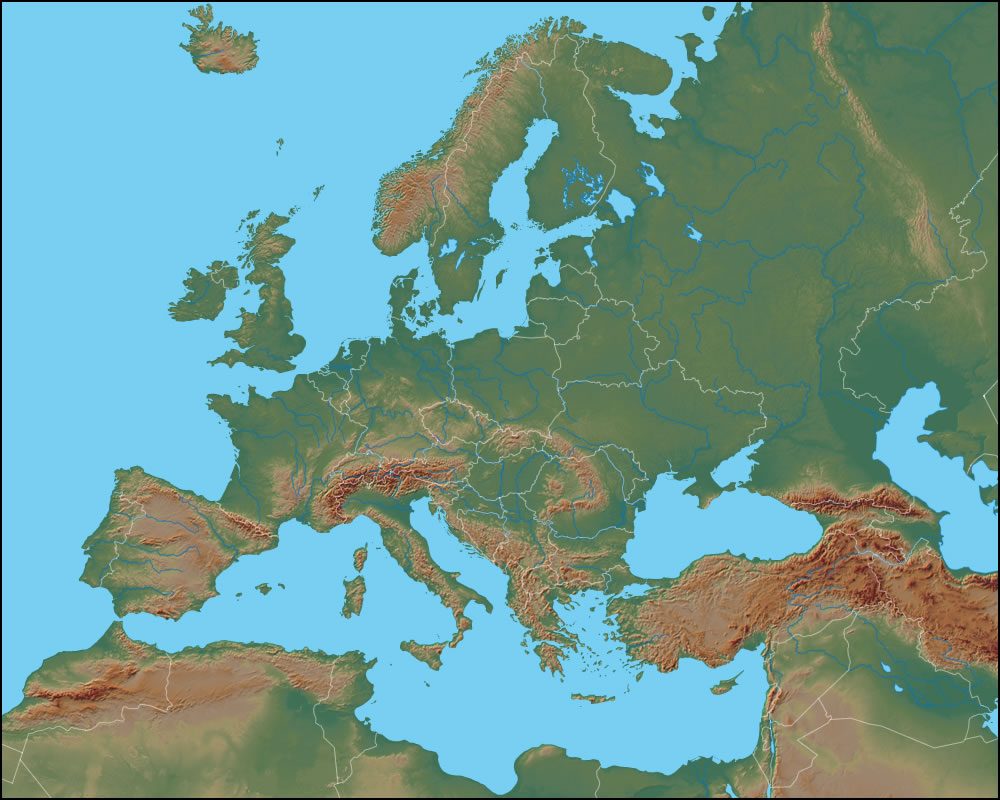
While the deadline for this year's opportunity to apply for #ESA student sponsorship for the #IAC passed a week ago, I'd like to share my overwhelmingly positive experience of the program from 2016, so that you can decide to apply next year if possible! ⬇️
https://twitter.com/ESA__Education/status/1385516270133682177
I was finishing my MSc. in early 2016 and I was active in space outreach - organizing seminars, writing popular science articles for mags such as @Vesmir1871 (CZ) or @clarkesworld (EN) and trying out space workshops for kids, and I had ideas to put in an abstract for #IAC2016.
I learned about the ESA sponsorship opportunity covering the conference fee, accommodation & travel cost and was excited! I submitted my abstract to the outreach session of IAC and applied for the program, outlining my reasons for wishing to attend + shooting a short video.
I didn't expect to be selected, but I was! Another Czech student was too, her background in psychology, studying crew dynamics. That shows you don't have to come from technical fields to attend!
This is all of us from the Guadalajara #IAC2016 ESA student sponshorship.
This is all of us from the Guadalajara #IAC2016 ESA student sponshorship.

Other students came from engineering, medicine, sciences - everywhere connected to space! 🌌
I urge you not to self-reject in applying based on your field of study or anything else if you're eligible (age 18-32, full-time student from ESA member state or Canada/Latvia/Slovenia).
I urge you not to self-reject in applying based on your field of study or anything else if you're eligible (age 18-32, full-time student from ESA member state or Canada/Latvia/Slovenia).
Here's an article briefly describing our experience. Like I said there, it was "a great opportunity to learn more, meet people in space research and discuss current topics with them. At some times, it felt like witnessing history happen..."
esa.int/Education/ESA_…
esa.int/Education/ESA_…
It really did! At the #IAC2016 in Guadalajara, @elonmusk announced his plan to get a crewed mission to Mars and later beyond. 👩🚀
I described my experience at more length on my blog: julienovakova.com/iac-2016-part-…
I described my experience at more length on my blog: julienovakova.com/iac-2016-part-…

Presenting at the IAC, meeting wonderful people with far more experience in space research and outreach, participating in the #MoonVillage discussion session - all of that was simply amazing, as well as Guadalajara itself!
julienovakova.com/iac-2016-part-…
julienovakova.com/iac-2016-part-…

I also had the honor of interviewing @ESA Director General Jan Wörner (@janwoerner) at #IAC2016. We talked about Space 4.0, #MoonVillage and more. ⬇️
julienovakova.com/making-esa-rea…
julienovakova.com/making-esa-rea…
In short, #IAC2016 was a very rewarding and professionally useful experience and I cannot but thank @ESA__Education for the opportunity - I wouldn't have been able to attend otherwise.
While you can't apply anymore in 2021, do so in 2022 if possible!
esa.int/Education/ESA_…
While you can't apply anymore in 2021, do so in 2022 if possible!
esa.int/Education/ESA_…
• • •
Missing some Tweet in this thread? You can try to
force a refresh













